I sent in Gerber files designed by someone else to PCBWay. It's a cartridge for a Commodore 64.
They responded today with this question, and I'm not 100% sure what they are asking.
Ref attached screenshot, please advise if we should do 30° degree for finger places. If yes, we will chop copper to reach 1mm distance from copper pad to outline.
When I loaded the design in EAGLE it did say that the card edge connector pads were too close together. Do they mean 1 mm distance between the 'fingers' or 1 mm distance between the 'fingers' and the board edge?
I know it's a 50/50 chance whether I say yes/no, but I'd like to be correct. It's weird, because the person who designed this said he had no issues getting it made.


